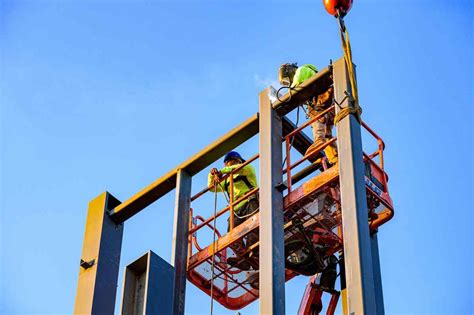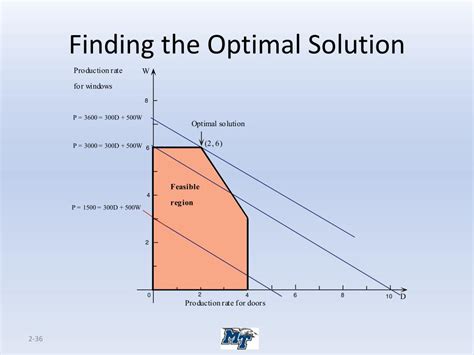Break strength plateaus: Optimize training for peak performance & muscle gains?

Conquering the Infamous Strength Plateau
Every dedicated lifter eventually faces it: the dreaded strength plateau. That moment when your lifts stall, your progress grinds to a halt, and motivation wanes. It’s a frustrating, yet common, challenge in the journey toward peak performance and significant muscle gains. But what if these plateaus aren’t roadblocks, but rather crucial signals that your body is ready for a new level of adaptation?
Breaking through these barriers requires more than just pushing harder; it demands a strategic re-evaluation and optimization of your training approach. This article will guide you through understanding why plateaus occur and provide actionable strategies to not only overcome them but also to continuously foster strength and muscle development.
Understanding the Roots of Training Stagnation
Before you can conquer a plateau, you must understand its origins. Often, plateaus are a culmination of several factors. One common culprit is a lack of varied progressive overload. Simply adding weight indefinitely isn’t sustainable; the body adapts, and new stimuli are required. Another significant factor is inadequate recovery. Overtraining, insufficient sleep, and chronic stress can hinder muscle repair and growth, leaving your body unable to get stronger.
Nutritional deficiencies can also play a major role. Without proper fuel—sufficient calories and macronutrients—your body lacks the resources to repair tissues, build new muscle, and perform optimally. Lastly, a monotonous routine can lead to muscular and neurological adaptation, making your current workout less effective over time. Your body becomes efficient at what it does, and efficiency doesn’t always translate to continued growth.

Strategic Approaches to Break Through
1. Diversify Progressive Overload
Progressive overload isn’t just about adding weight. It can also involve increasing reps, sets, decreasing rest times, improving technique, increasing training frequency, or even increasing time under tension. Introduce new exercises that target similar muscle groups from different angles. For instance, if your barbell bench press is stalled, try dumbbell presses, incline presses, or even floor presses to work around sticking points and develop accessory muscles.
2. Implement Deload Weeks
Regular deload weeks are critical for recovery and preventing burnout. Every 4-8 weeks, reduce your training volume (sets/reps) and/or intensity (weight) by 40-60% for a week. This allows your central nervous system to recover, repairs microtrauma, and often results in a significant strength boost when you return to your regular intensity.

Advanced Training Techniques for Peak Performance
1. Periodization
Periodization involves structuring your training into distinct phases, each with specific goals (e.g., strength, hypertrophy, power, endurance). Linear periodization might involve gradually increasing intensity while decreasing volume over several weeks, then resetting. Undulating periodization, on the other hand, varies intensity and volume more frequently (e.g., day-to-day or week-to-week), which can keep the body guessing and prevent adaptation.
2. Intensity Techniques
Introduce techniques like drop sets (immediately reducing weight after reaching failure), supersets (performing two exercises back-to-back with no rest), rest-pause (taking short rests within a set to extend it), or forced reps (with a spotter’s help) to push past typical failure points and stimulate new growth pathways. Use these sparingly, as they are highly taxing.
3. Vary Rep Ranges and Exercise Selection
Don’t always stick to the 8-12 rep range. Incorporate heavy sets of 3-5 reps for pure strength, and higher rep sets (15-20+) for muscular endurance and hypertrophy stimulation. Regularly rotate exercises every 4-6 weeks to challenge your muscles in new ways and prevent boredom.

The Pivotal Role of Nutrition and Recovery
Optimizing your nutrition is non-negotiable for breaking plateaus. Ensure you’re in a slight caloric surplus if your goal is muscle gain, and consuming adequate protein (around 1.6-2.2g per kg of body weight) to support muscle repair and synthesis. Don’t neglect healthy fats and complex carbohydrates for energy and hormonal balance.
Beyond food, sleep is your most potent recovery tool. Aim for 7-9 hours of quality sleep per night. During deep sleep, your body releases growth hormone and repairs tissues. Minimize stress through mindfulness, hobbies, or light activity, as chronic stress can elevate cortisol, a hormone that hinders muscle growth and recovery.

Mindset and Consistency: Your Ultimate Weapons
Breaking plateaus is as much a mental game as it is physical. Maintain a positive attitude, track your progress meticulously, and be patient. Results don’t happen overnight. Review your training log to identify patterns, celebrate small victories, and stay consistent with your optimized plan. Understand that adaptability is key; sometimes, you need to step back to leap forward.
Embrace the challenge of a plateau as an opportunity to refine your approach and deepen your understanding of your body. By applying these strategies with consistency and dedication, you won’t just break through your current strength ceilings; you’ll build a resilient framework for continuous improvement and sustained peak performance.










